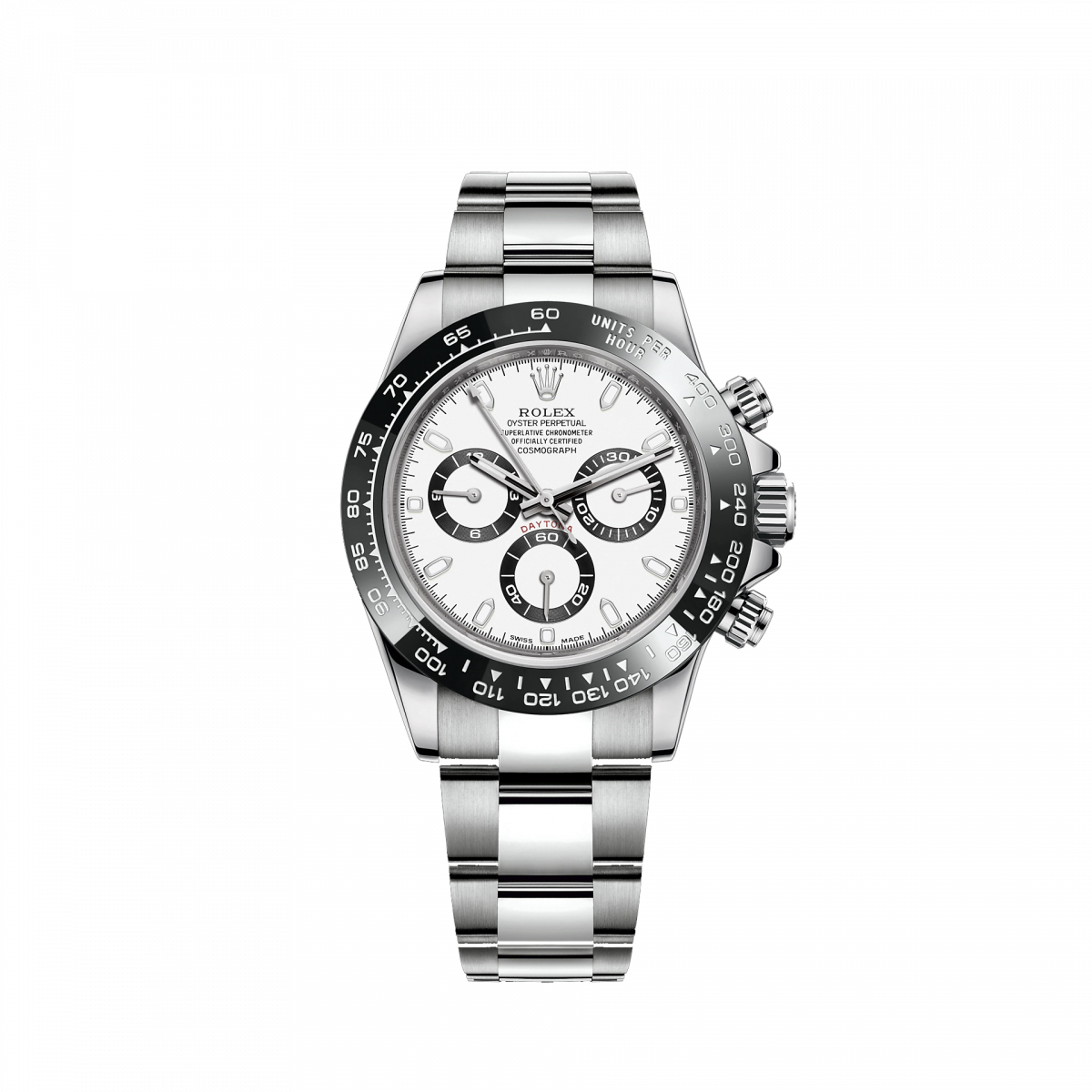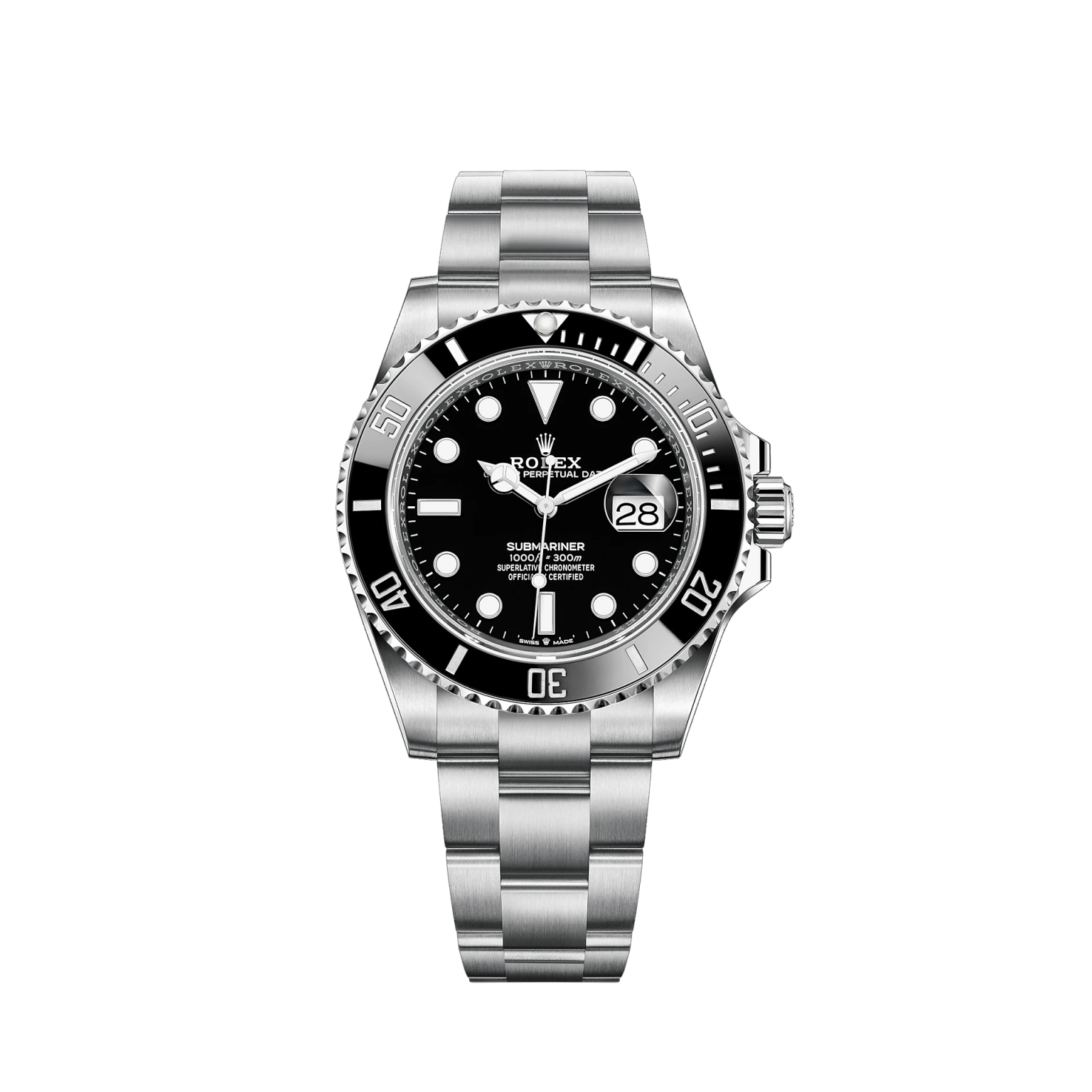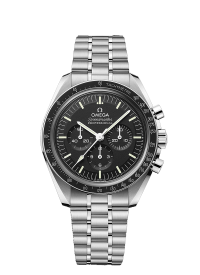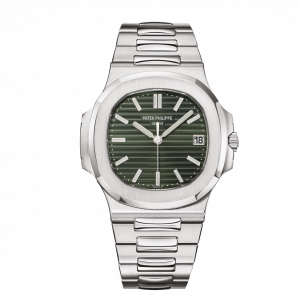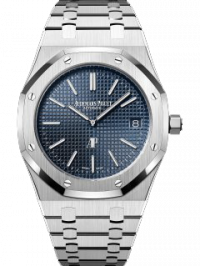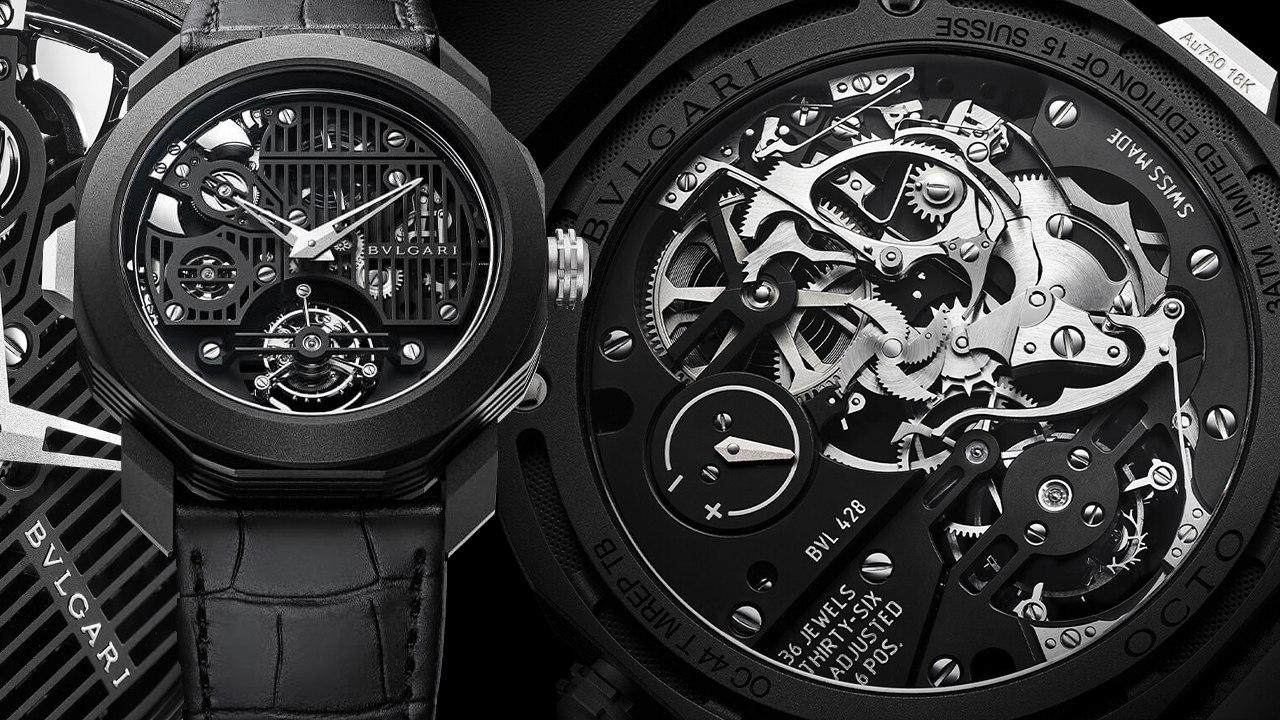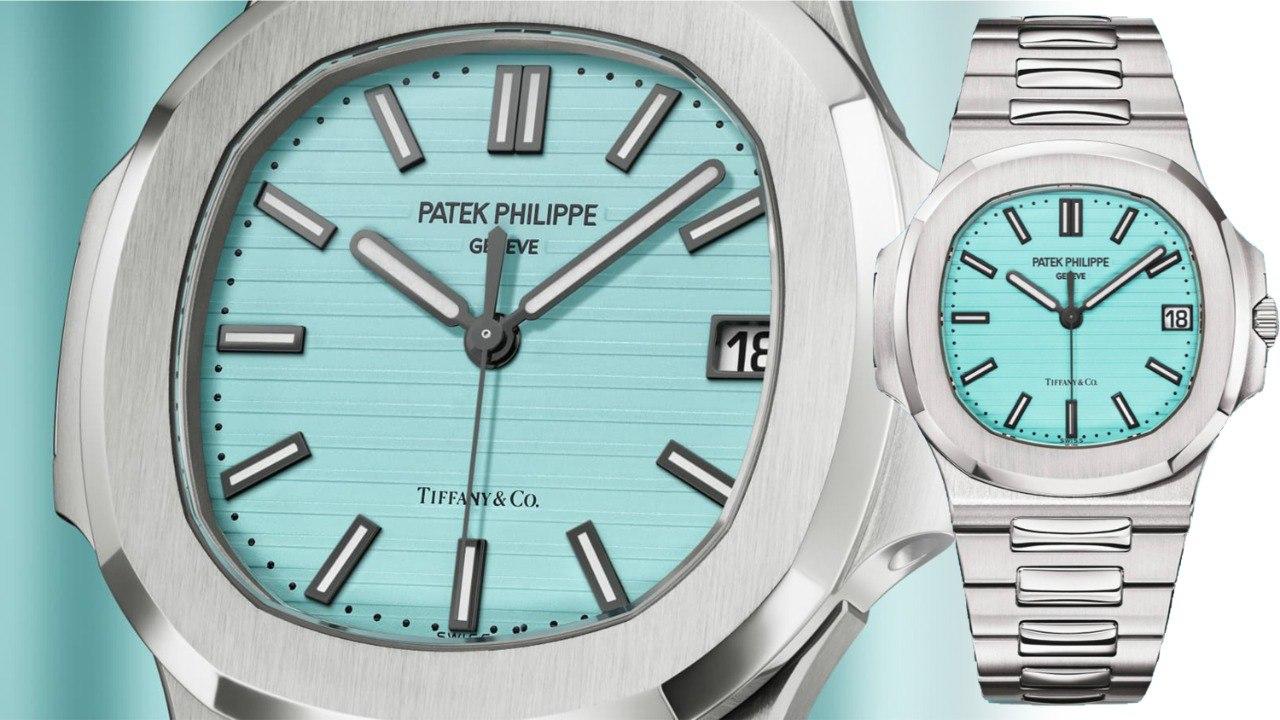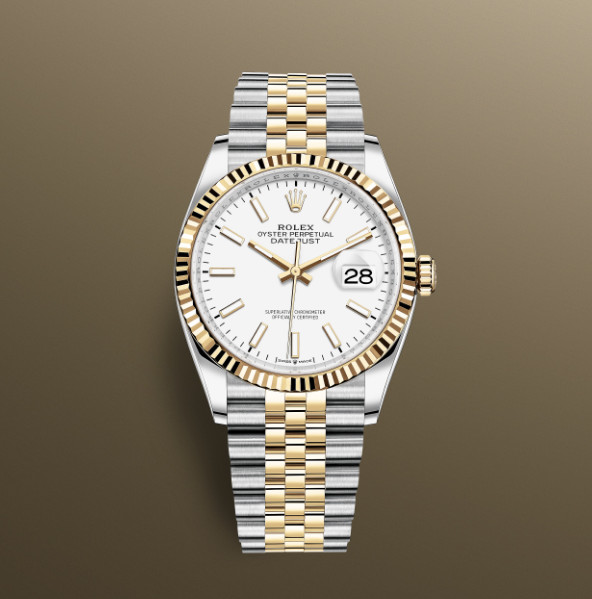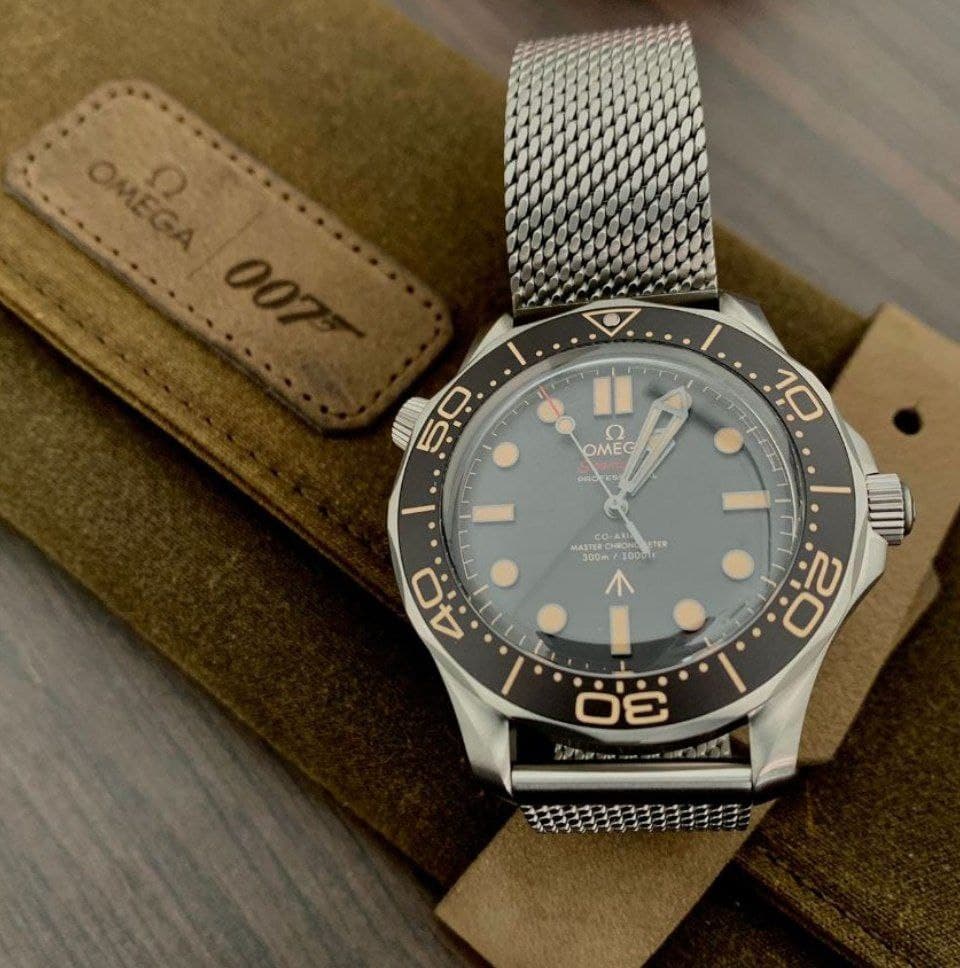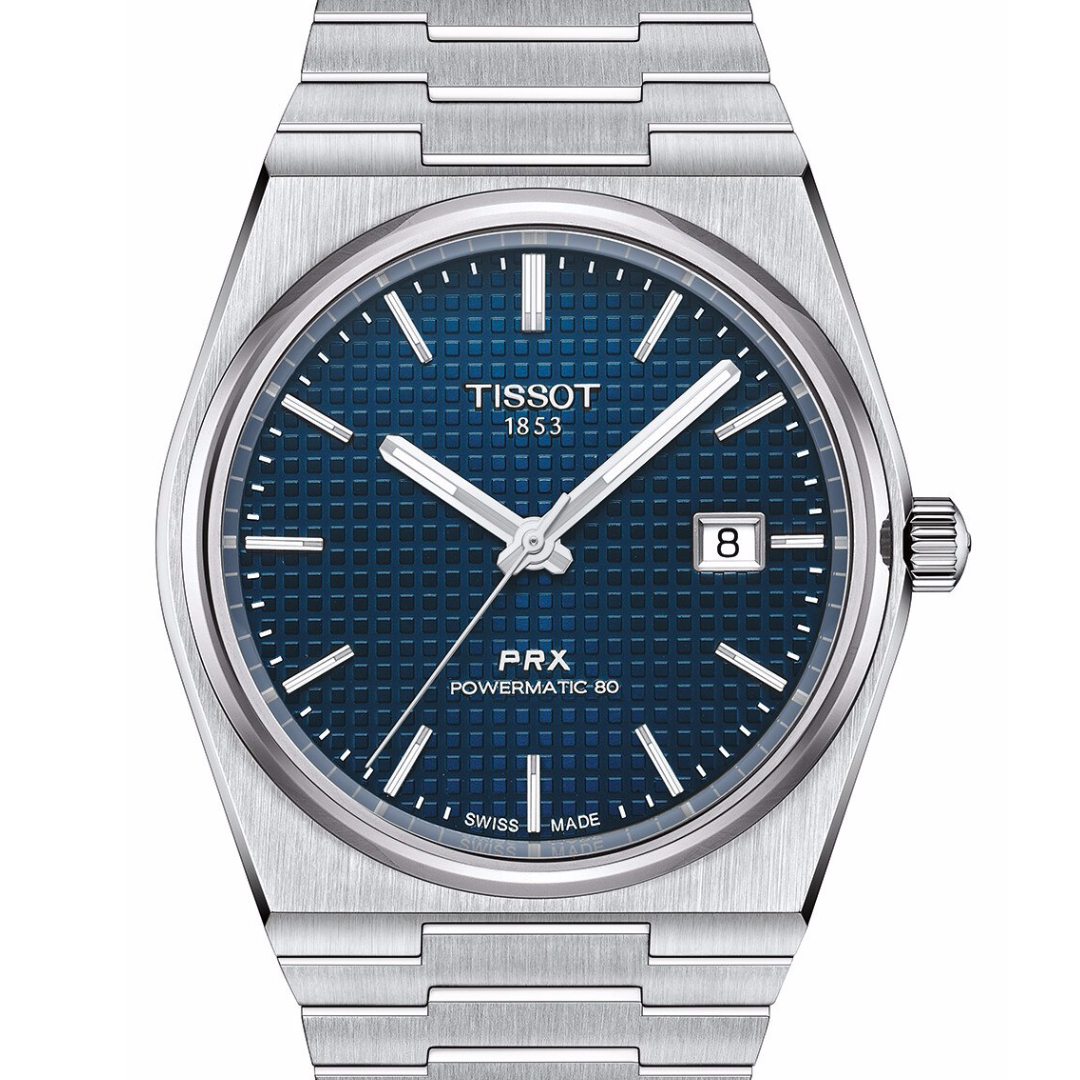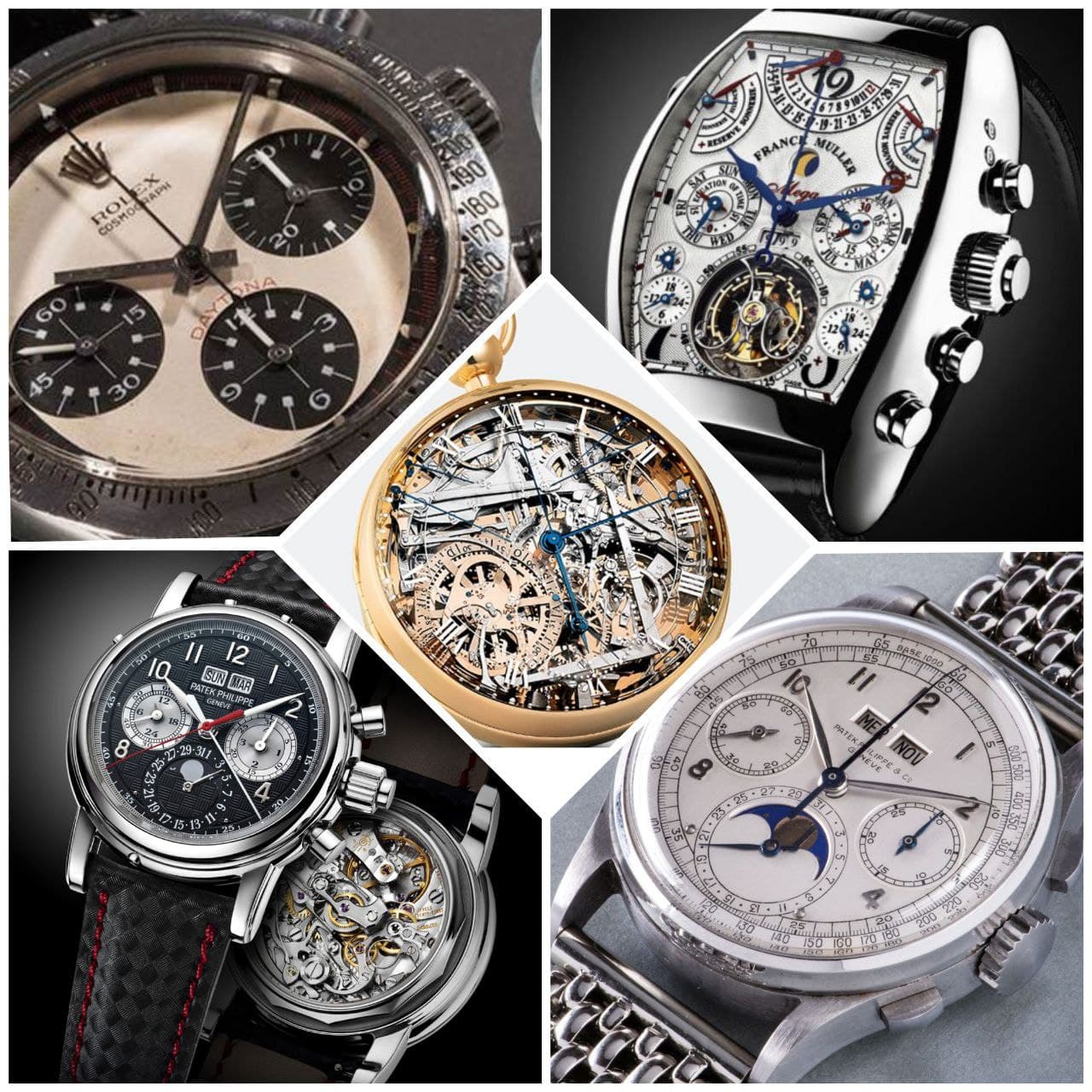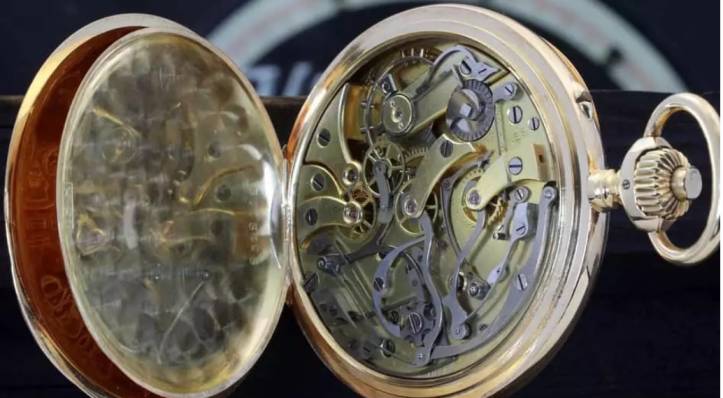Dr. N.
We have seen, in a previous article, what is the power source of the mechanical watch: the barrel.
Let's continue our journey among springs, levers and cogwheels, and see how it is exhaust allows a mechanical watch to work regularly, measuring the passage of time.
The regulation of the movement of the clock
If a mechanical watch were made up only of keg and by hands: spheres, the elastic potential energy contained in the charging spring would be released in a few moments, transforming into kinetic energy. This means that, in the absence of an adjustment mechanism, the unwinding of the spring would cause the balls to swirl, with the result that we would be holding an exhausted watch that marked tens of hours in a few moments. Such a watch, as is evident, would be of no use.
We must therefore ask ourselves how to "slow down" the natural impulse of the charging spring to discharge all at once. A real "brake" would not be advisable, however, because it would waste energy and be difficult to modulate. All that remains is to find a mechanism capable of constantly slowing down the "unwinding" of the winding spring, ensuring a delivery of the elastic potential energy as gradual and constant as possible, all while minimizing friction. Fortunately for us watchmaking enthusiasts, this instrument is Swiss anchor escapement, has been present in every mechanical watch for over two centuries.
The barbell
Il outrigger is a wheel connected to a spiral spring, often having an end twisted upwards with respect to the plane of the spiral itself, a device that allows for better regularity in its expansion and contraction, called "Breguet spiral". The spiral should ideally have a diameter equal to two thirds of the diameter of the barbell. It is perhaps the most delicate point of the whole movement, and for this reason great efforts are made by manufacturers to make it impervious to magnetic fields, as it does Rolex with its spirals Parachrome od Omega with silicon spirals. Watchmakers must also pay close attention, when reviewing movements, to the lubrication of these areas: the outrigger swings on a pin which remains almost dry, as an excess of fat could arrive on the spiral and compromise its regular functioning, for example by gluing the coils together or attracting grains of dust.
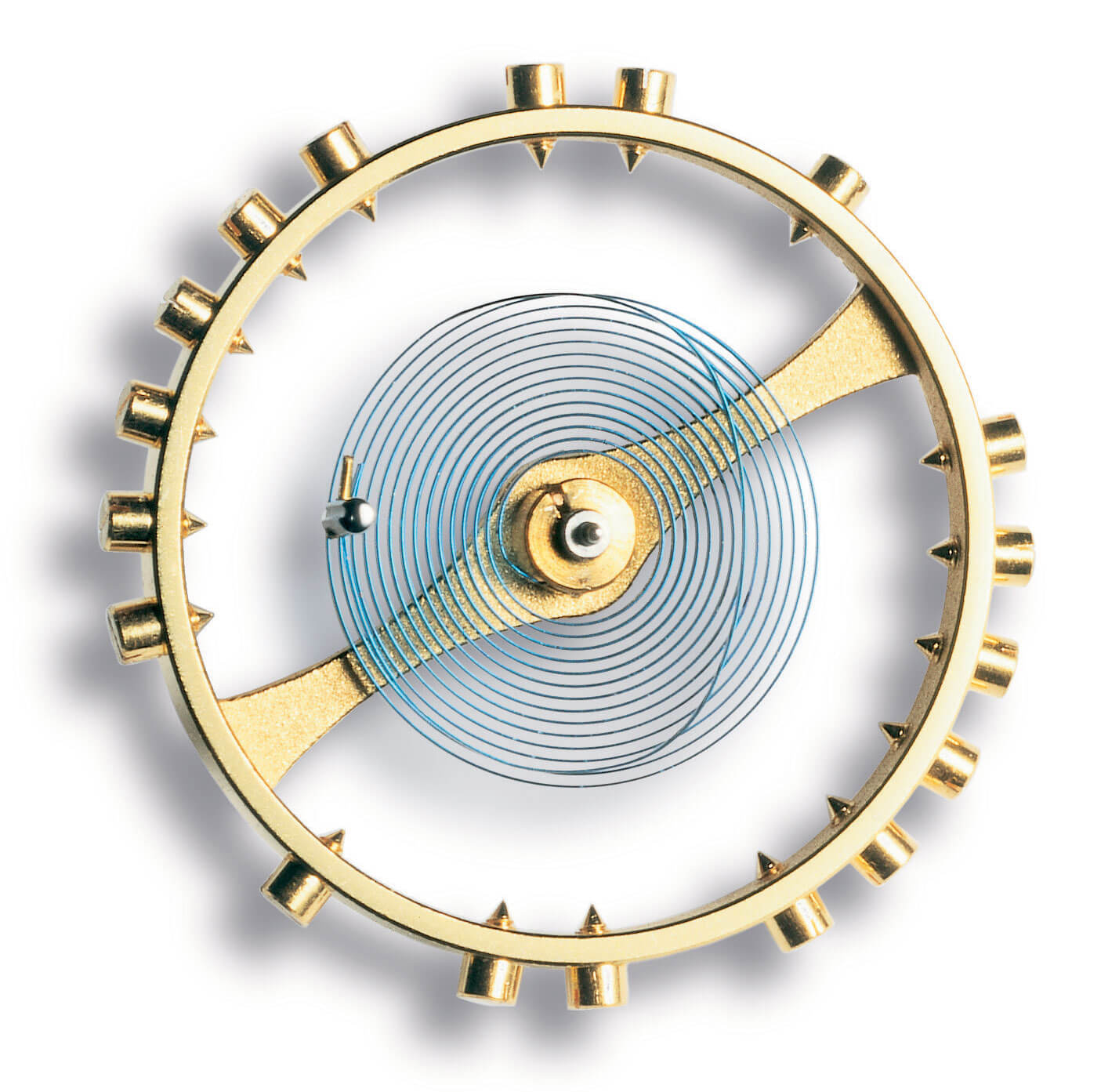
Il outrigger performs the same function as the pendulum in a wall clock: its oscillations, in fact, have a constant duration (the so-called oscillation period), regardless of their amplitude.
The balance wheel swings a certain number of times every hour. In theory, the higher the oscillation frequency, the better the accuracy of the watch. Another factor that affects running smoothness is the diameter of the balance wheel. The larger this is, the more easily it will retain its stability in spite of external stresses, and the greater the continuity in correctly measuring time: this is the same reason why a bicycle with 29 "wheels is more stable than one with wheels. 26 ″, and significantly more stable than a folding bike or scooter.
But how can the barbell always continue his oscillatory motion? In a world not subject to the second law of thermodynamics, oscillatory motion would become perpetual. This is not the case: however much effort the watchmaker makes, there will always be friction to dissipate the kinetic energy. It is necessary that the resistive action of these frictions be compensated by an appropriate input of energy. This is done by the fork ofescape anchor, which regularly impulses the barbell.
The Swiss anchor
La fork is located at one end of theswiss anchor. On the other hand, there are two levers that interact with a toothed wheel, called the escape wheel. This is the first wheel, the one that puts the anchor - and with it the balance wheel - in communication with the time train, that is the part of the movement delegated to move the hands, or spheres, which show us the time.
THEswiss anchor it therefore receives rotational energy from the escape wheel, converting it into impulses to be allocated to the balance wheel. Thanks to these impulses, the balance wheel always remains in motion, thus adjusting the gear of the entire movement, as we can see in the summary image below, missing the spiral spring for reasons of better visibility of the whole.
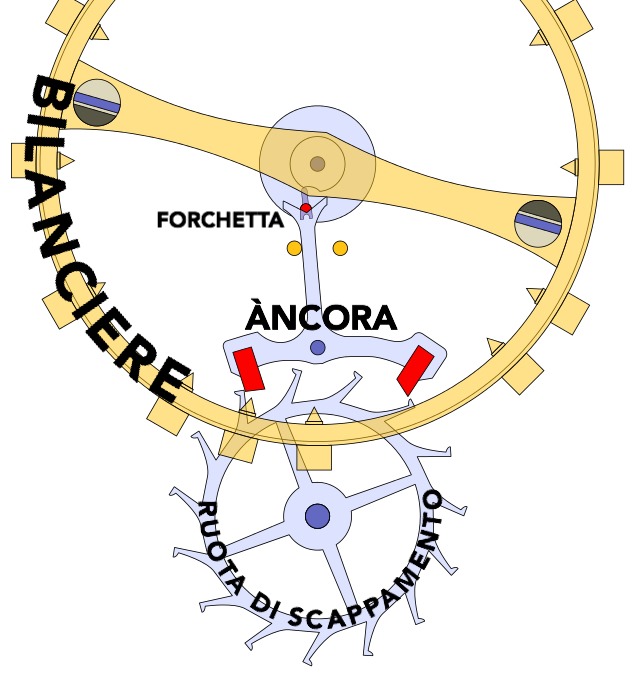
Numerous variations of this component have been proposed, the best known of which, today, is Omega Co-Axial escapement. It must be said that, net of the indisputable advantages in reducing friction, the coaxial is affected by a greater difficulty in finding watchmakers able to intervene in the event of breakdowns: maintenance must necessarily be carried out by the official Omega network. This, however, is a characteristic problem of all the innovations, at their beginning: if the coaxial were to become a more widespread standard, it is likely that the audience of watchmakers would be expanded to contact for its maintenance.
The march of the clock
We have therefore seen how the clock accumulates the energy necessary for its operation thanks to the winding spring contained in the barrel and how it releases it in a controlled manner to allow the mechanism to correctly mark the time. In a forthcoming article, I will explain how the time train works, that is, that part of the movement that allows the hands to move on the dial showing the time, which in the end is the real raison d'être of a watch.


